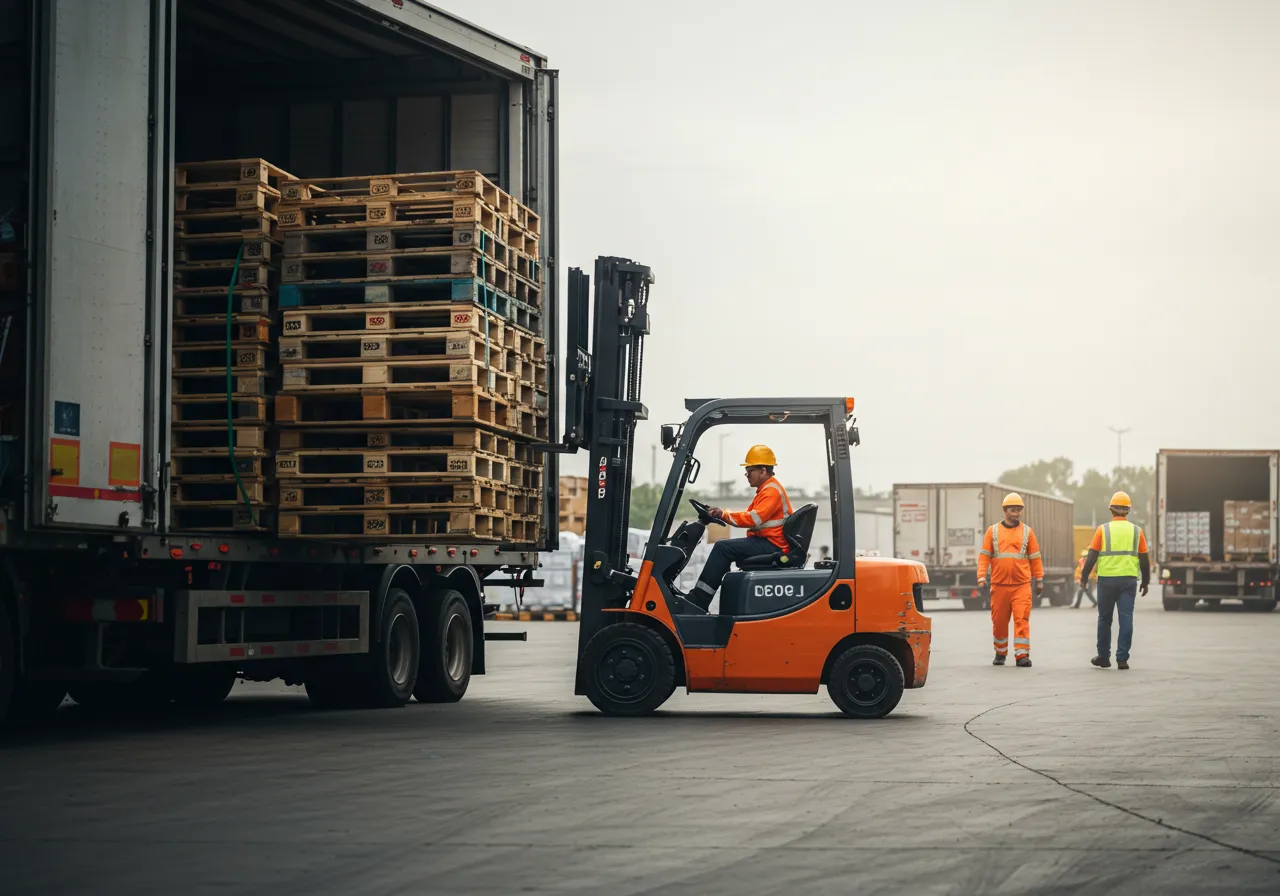
Elevate Efficiency with Load Technology
Harness cutting-edge load technology to reduce transit times by up to 30% and enhance supply chain responsiveness. Achieve seamless integration across your logistics network, ensuring precise load matching and dynamic scheduling for optimal resource utilization.
Seamless Technology Integration in Logistics
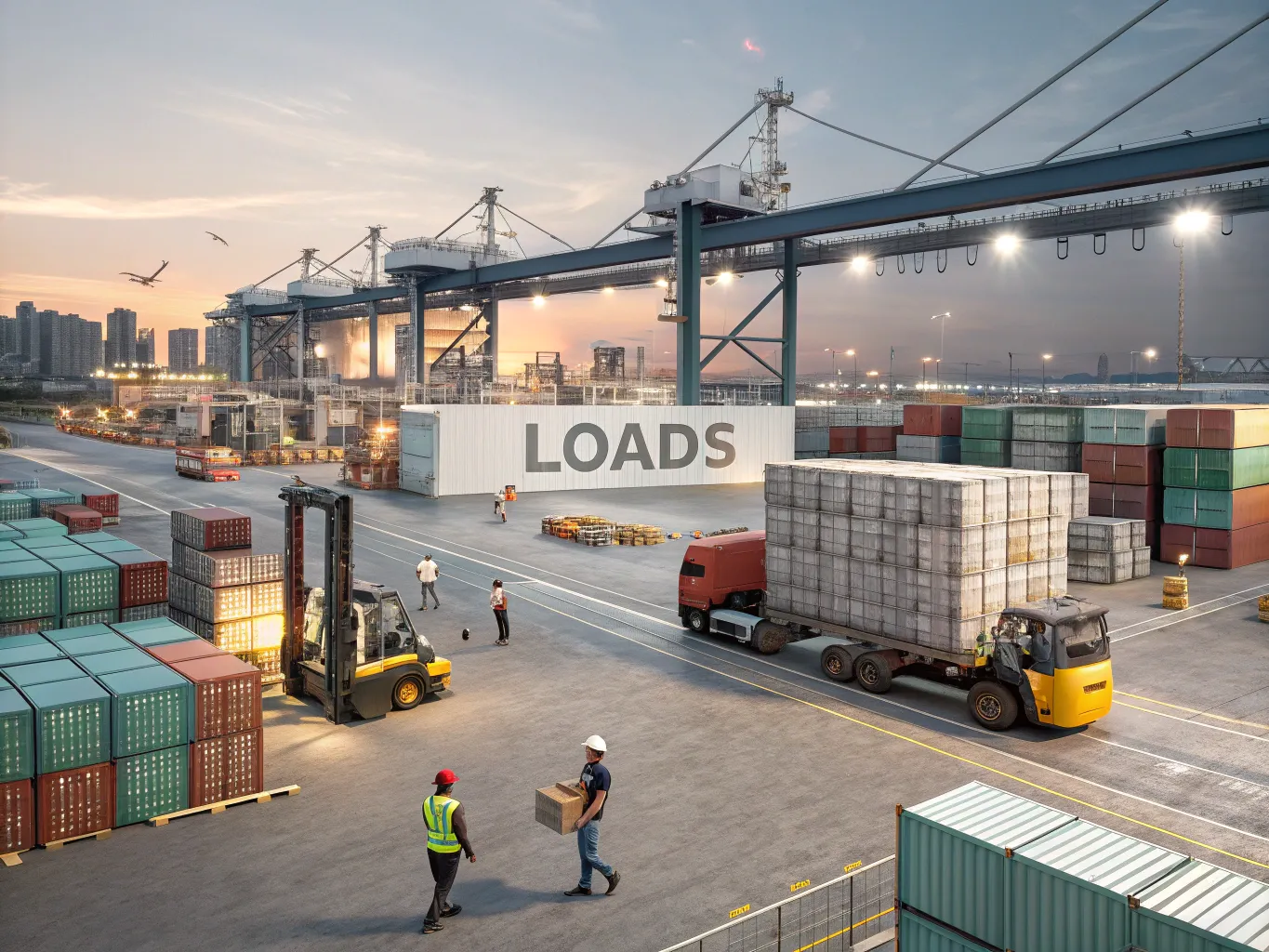
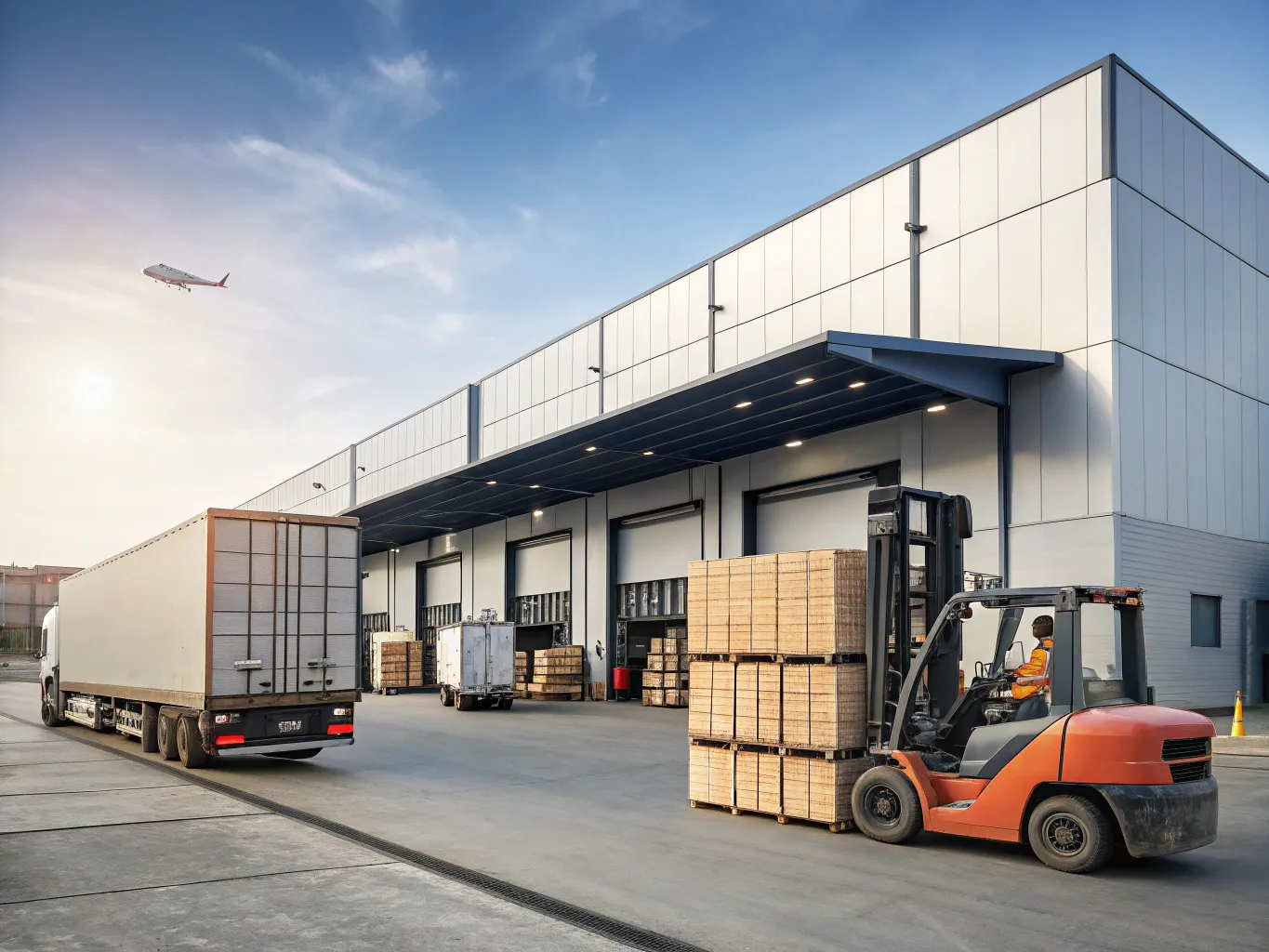
Automated Systems in Logistics
Industries Transformed by Logistics Innovations
- Transportation: Leveraging GPS-enabled fleet tracking, logistics firms can streamline routes, reducing delivery times by up to 25% and significantly cutting fuel costs. For instance, a regional trucking company optimized its operations, saving $200,000 annually in fuel expenses alone.
- Warehousing: Utilizing automated stacking systems, warehouses can increase storage efficiency by 40%, maximizing space utilization. A national distribution center adopted robotic pick-and-pack systems, doubling their order fulfillment speed without additional manpower.
- Retail: Implementing demand forecasting algorithms, retailers can maintain optimal stock levels, improving inventory turnover rates by 15%. A chain of department stores reduced stockouts and overstock scenarios, enhancing customer satisfaction and sales margins.
- E-commerce: By integrating real-time tracking systems, e-commerce platforms can enhance customer experience and reduce delivery-related inquiries by 30%. A leading online marketplace introduced predictive delivery windows, increasing customer satisfaction scores significantly.
- Manufacturing: Advanced supply chain visibility tools allow manufacturers to synchronize production schedules with supplier deliveries, reducing downtime by 20%. An automotive parts manufacturer implemented just-in-time delivery systems, minimizing inventory holding costs by 35%.
Advanced Logistics Tech Features
- Load Optimization: Enhance operational efficiency by utilizing dynamic load balancing algorithms, which adjust cargo distribution in real-time based on vehicle capacity and route conditions. This can decrease empty miles by 25% and maximize payload utilization, reducing overall transport costs.
- Real-Time Tracking: Employ GPS and RFID technologies to monitor fleet movements continuously. This allows for immediate response to transit delays and enhances customer transparency. Studies show that real-time tracking improves on-time delivery rates by 20%, fostering customer trust and satisfaction.
- AI Integration: Deploy AI-driven decision-making tools that analyze historical data to predict demand fluctuations. This enables proactive stock management, minimizing out-of-stock scenarios by 30%. AI systems also optimize workforce allocation, leading to a 15% increase in productivity.
- Data Analytics: Leverage big data analytics to identify trends in supply chain performance. By analyzing logistics data, companies can forecast peak demand periods and adjust operations accordingly, resulting in a 12% reduction in seasonal bottlenecks and improved resource allocation.
- Predictive Maintenance: Implement IoT sensors to monitor the health of fleet vehicles in real time. This approach predicts maintenance needs, reducing unexpected breakdowns by 40%. Proactive maintenance scheduling can extend vehicle lifespan by 20% and decrease service downtime.
Load Technology Capabilities
Load Planning
Employ cutting-edge algorithms to optimize load configurations, enhancing capacity utilization by up to 15%. This strategic approach minimizes empty miles, reduces carbon footprint, and directly boosts your bottom line.
Real-Time Tracking
Utilize advanced GPS and IoT sensors for real-time load monitoring. Gain full transparency with instant alerts on delays or route deviations, ensuring over 98% on-time delivery rates and improved supply chain reliability.
Time Management
Leverage AI-driven scheduling tools to synchronize delivery windows accurately. By reducing idle time by 20%, improve driver productivity and meet tight deadlines seamlessly, enhancing customer satisfaction.
Route Optimization
Deploy sophisticated route optimization software that factors in traffic, weather, and load constraints. This results in a 25% reduction in fuel costs while significantly cutting transit times, maximizing operational efficiency.
AI-Driven Logistics Advancements
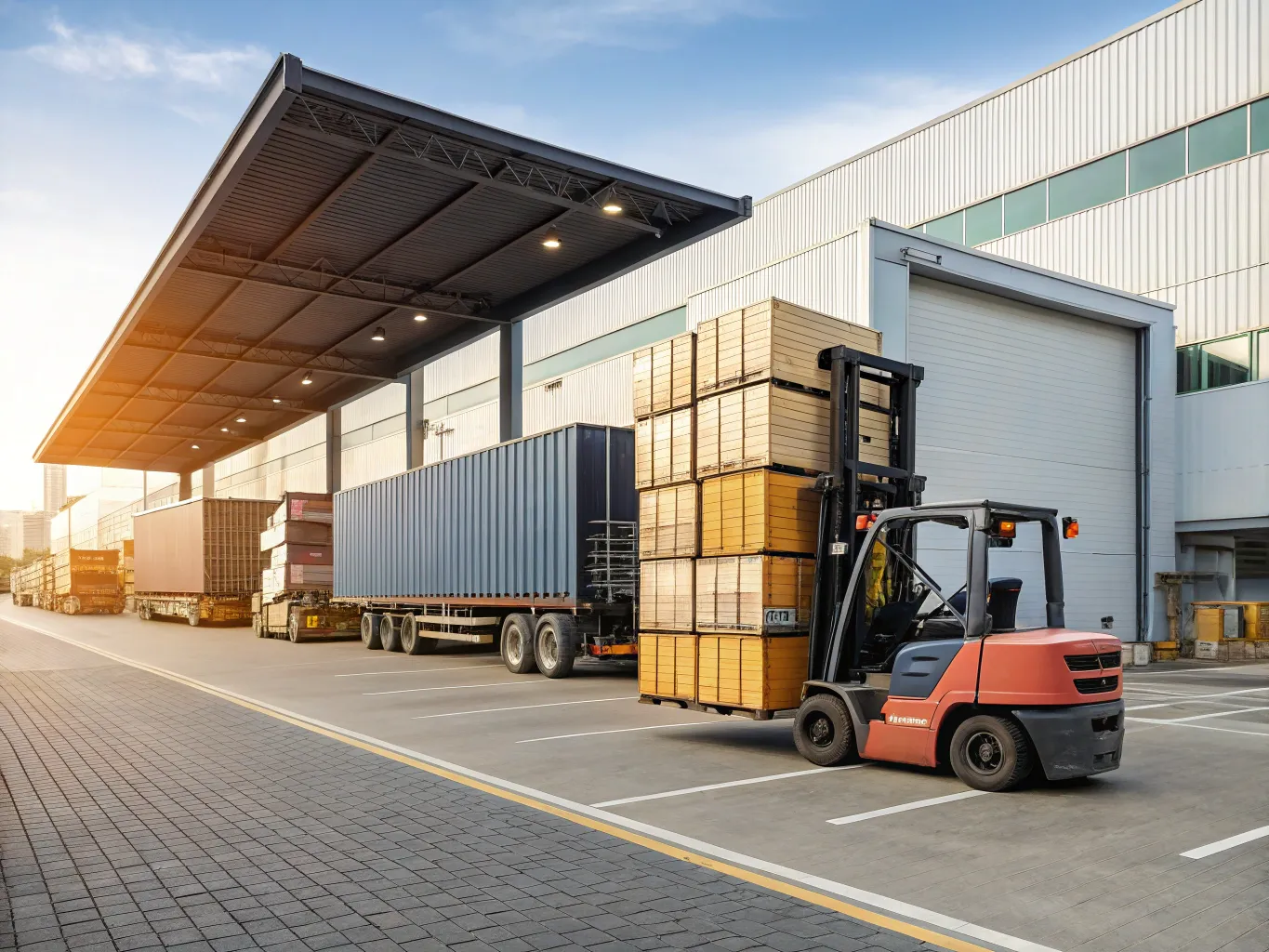
Comprehensive Load Benefits
- Increased Productivity: By implementing automated load management systems, logistics companies can reduce manual intervention by 40%, allowing employees to focus on strategic tasks. This shift not only accelerates operational processes but also enhances employee job satisfaction, boosting overall organizational productivity.
- Cost Efficiency: Utilizing dynamic load consolidation techniques can decrease logistics expenses by up to 25%. By maximizing load capacity and minimizing empty miles, businesses can significantly cut down on fuel costs and reduce wear and tear on fleet vehicles, leading to long-term savings.
- Enhanced Decision Making: Advanced data analytics tools provide real-time insights into load performance metrics. This empowers managers to make informed decisions that improve supply chain agility. For instance, predictive load analysis can forecast demand surges, enabling proactive resource allocation.
- Scalability: Flexible infrastructure in logistics ensures seamless scalability to accommodate seasonal demand fluctuations. By leveraging cloud-based load management solutions, companies can easily scale operations up or down, reducing downtime and ensuring a consistent level of service.
- Reliable Operations: Implementing predictive maintenance through IoT sensors can decrease unexpected equipment failures by 50%, ensuring consistent load operations. This reliability minimizes disruptions, enhances customer satisfaction, and strengthens trust in supply chain reliability.
Advanced Load Technology Mechanics
Optimize Supply Chains with Load Tech
You may also be interested in
Maximize your potential with our seamless, end-to-end supply chain solutions.
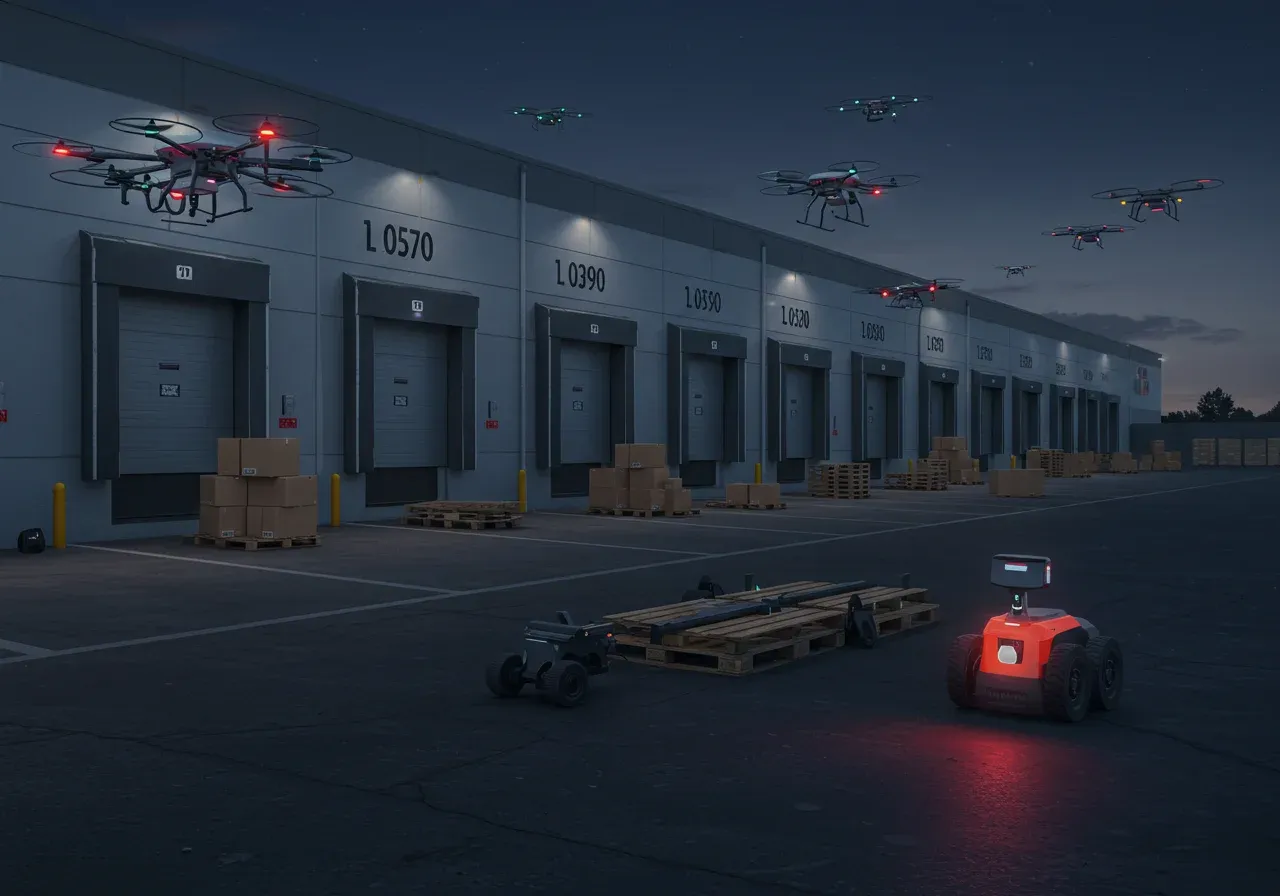
Automation
Leverage state-of-the-art automation to optimize logistics, boosting operational accuracy by up to 30% while minimizing human error. Enhance supply chain agility and cut transit times significantly.
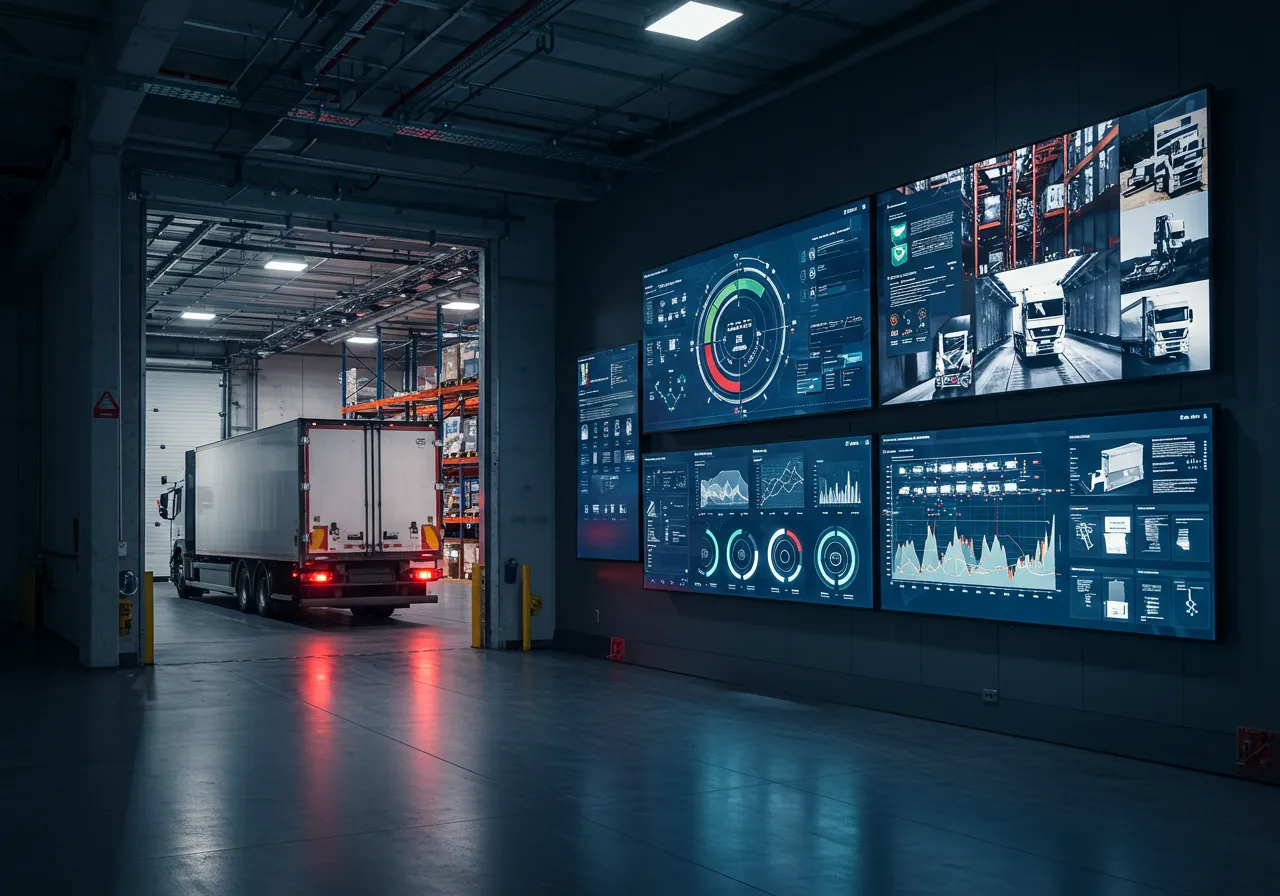
EDI
Enhance accuracy and speed in transactions by integrating EDI, reducing manual errors by up to 90%. Elevate supplier and partner interactions with seamless data exchange, driving efficiency across your logistics network.

Customer Relationship Management (CRM) Integration
Transform your logistics with seamless CRM integration. Improve customer interaction efficiency by 30%, increase order accuracy, and reduce response times, leading to higher customer satisfaction.